Why Bacteria-Resistant Pillow Protectors Are Essential for Sleep Hygiene
The Hidden Dangers in Ordinary Pillows
Ordinary pillows often become breeding grounds for millions of bacteria, dust mites, and fungal spores, which can significantly impact our health. The Asthma and Allergy Foundation of America reports that over 50 million Americans suffer from allergies, many of which can be triggered by allergens found in unchecked pillows. Despite their close contact with our faces, pillows are seldom washed, leading to an accumulation of harmful substances. Regular washing and using pillow protectors are pivotal steps to improve sleep hygiene. Furthermore, a study from the American Academy of Allergy, Asthma, and Immunology has shown that untreated pillows can host illness-causing bacteria, which may disrupt sleep quality and contribute to respiratory issues.
How Bacteria Impacts Sleep Quality and Health
Bacteria and allergens nestled within pillows can severely compromise sleep quality by introducing discomfort, which interrupts the sleep cycle, potentially leading to insomnia. As the World Health Organization suggests, maintaining clean sleeping environments is essential, especially for those with existing respiratory conditions like asthma. Pillow protectors play a crucial role in minimizing these health risks. Research supports that clean pillow protectors can significantly reduce the chances of infection and allergies. This preventive measure does not only improve health but also ensures better sleep quality, ultimately promoting well-being.
Pillow Protectors vs. Regular Pillowcases: Key Differences
Pillow protectors offer a substantial advantage over regular pillowcases by forming a formidable barrier against allergens and effectively keeping dust mites and bacteria at bay. Unlike regular pillowcases that aren't waterproof and expose pillows to spills, sweat, and moisture, waterproof pillow protectors provide superior safeguarding. These protectors also enhance the longevity of pillows by preventing stains and deterioration from pollutants, whereas regular pillowcases might leave pillows vulnerable. Ultimately, investing in pillow protectors ensures that our pillows remain pristine and functional for a longer period, promoting both hygiene and cost-effectiveness.
Key Features of Effective Antimicrobial Pillow Protectors
Waterproof Barrier Technology for Liquid Protection
When it comes to sleep hygiene, waterproof pillow protectors play a crucial role by creating an essential barrier that prevents liquids from penetrating the pillow. This waterproofing feature not only safeguards against accidental spills but also protects the pillow from body oils and sweat, which could otherwise degrade the pillow's material over time. A comprehensive study by the Consumer Product Safety Commission (CPSC) highlights the importance of waterproof barriers, showing that they can significantly reduce the risk of mold and mildew growth within pillows, a major contributor to poor sleep environments. By keeping pillows dry and clean, these protectors ensure a healthier, longer-lasting sleeping setup.
Zippered Encasement Designs for Complete Coverage
Zippered encasements are a standout feature in pillow protectors, ensuring complete coverage by enveloping the entire pillow and providing a secure fit. This design effectively blocks allergens and microbes from entering, thus maintaining a healthier sleep environment. Unlike standard pillowcases, zippered encasements can be fully washed and sanitized, offering superior maintenance and hygiene. Research shows that these encasements can significantly reduce exposure to allergens, leading to improved sleep quality, especially for individuals with allergies or sensitivities. Their ease of use and effectiveness makes encased pillows a practical solution for maintaining a clean sleeping space.
Breathable Fabrics That Prevent Moisture Trapping
Breathability is another vital feature of effective pillow protectors. These protectors are often made with breathable materials that allow air circulation, helping to maintain an optimal sleeping temperature and enhancing overall sleep comfort. The moisture-wicking capabilities of these fabrics prevent the trapping of sweat and humidity, which is essential in preventing mildew and mold development. According to sleep researchers, using the right fabric can considerably enhance sleep quality by creating a more conducive sleeping environment. Such fabrics not only bolster comfort but also contribute to longer pillow lifespans by preventing moisture damage.
Material Choices: Balancing Protection and Comfort
Hypoallergenic Cotton vs. Silk Pillow Protectors
Hypoallergenic cotton pillow protectors are ideal for those with allergies, designed to effectively repel common allergens like dust mites. They offer a practical solution for those seeking both comfort and allergy protection, maintaining breathability while providing a robust barrier against irritants. On the other hand, silk pillow protectors provide a luxurious comfort, often favored for their smooth texture and natural hypoallergenic properties. However, they require more delicate care, making them better suited for those willing to invest time in maintenance. Ultimately, the choice between cotton and silk depends on individual skin sensitivity and personal comfort preferences, with both materials playing vital roles in sleep quality enhancement.
Benefits of OEKO-TEX Certified Waterproof Covers
OEKO-TEX certification ensures that pillow protectors are free from harmful chemicals, contributing to a healthier sleep environment. These waterproof pillow covers not only safeguard your pillows from liquid damage but also reassure users through their rigorous safety standards. Furthermore, OEKO-TEX certified products often meet higher environmental standards, aligning with a growing consumer demand for sustainable bedding options. This certification provides an added layer of confidence, knowing the materials used are both safe for health and considerate of ecological impact.
Durability of 22-Momme Silk in Long-Term Use
22-momme silk is renowned for its durability and resistance to wear, significantly outlasting lower-grade silks. Its smooth surface reduces friction, minimizing hair breakage and skin irritation, making it a preferred choice for those seeking to maintain hair and skin health. This thicker silk offers users reliable longevity, providing luxurious comfort and aesthetic appeal over time. Many users find themselves highly satisfied with 22-momme silk pillow protector covers, noting their efficacy in sustaining a comfortable and gentle sleeping environment for the long term.
Maintaining Your Pillow Protector for Optimal Hygiene
Washing Guidelines for Waterproof Pillow Covers
Maintaining the hygiene of waterproof pillow covers involves regular washing every 2-4 weeks to ensure they remain clean and effective over time. It's crucial to follow the specific care instructions for these covers since improper washing methods can damage the waterproof barrier, reducing the protective qualities of the pillow protector. Using a gentle detergent can also capture allergens effectively while preserving the integrity of the material. This step is vital because harsh chemicals could lead to wear and diminish the waterproof features of the pillow covers, affecting their ability to guard against moisture and contaminants.
When to Replace Zippered Pillow Protector Covers
Regular replacement of zippered pillow protector covers is recommended every 1-2 years to maintain their protective features. Over time, these covers can degrade, losing their ability to provide adequate protection. It's essential to inspect them periodically for signs of wear such as fraying zippers or discoloration, which are indicators that the protector’s efficacy may be deteriorated. Conducting these inspections and making timely replacements help in maintaining a high level of hygiene and in extending the lifespan of your pillows by ensuring they retain their protective qualities.
Storage Tips to Prevent Bacterial Regrowth
Proper storage of pillow protectors is key to preventing bacterial regrowth. This begins with ensuring they are completely dry before storing, as moisture retention can lead to mold and bacteria buildup. Consider using breathable storage bags that allow for air circulation, thereby minimizing the risk of trapped moisture, which often fosters bacterial growth. It's advisable to avoid vacuum-sealed bags since they can trap odors and moisture, counteracting the cleanliness efforts of your covers. In the long term, proper storage not only maintains hygiene but also contributes to the longevity of pillow protectors.


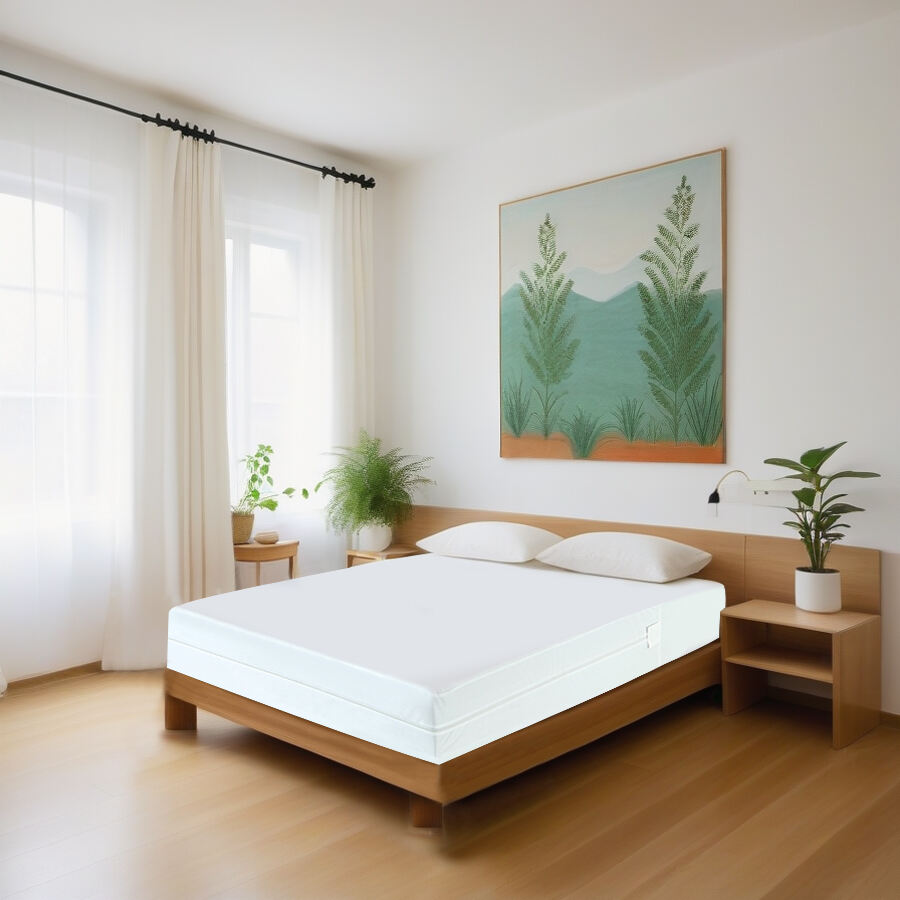



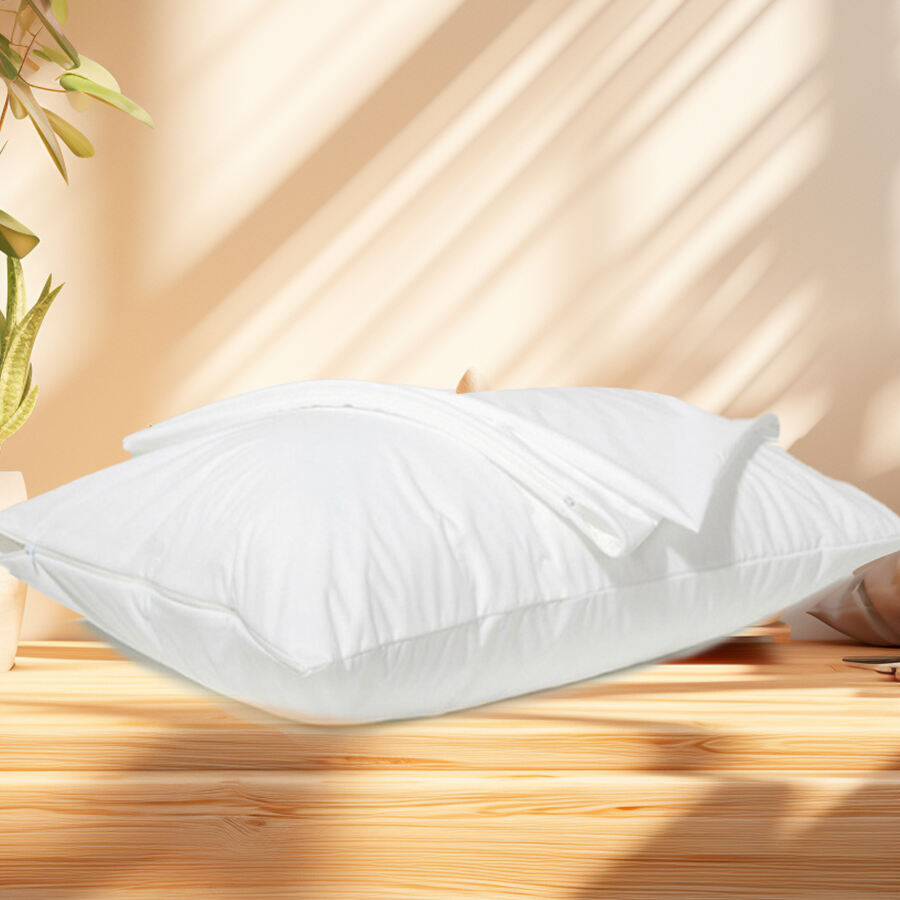













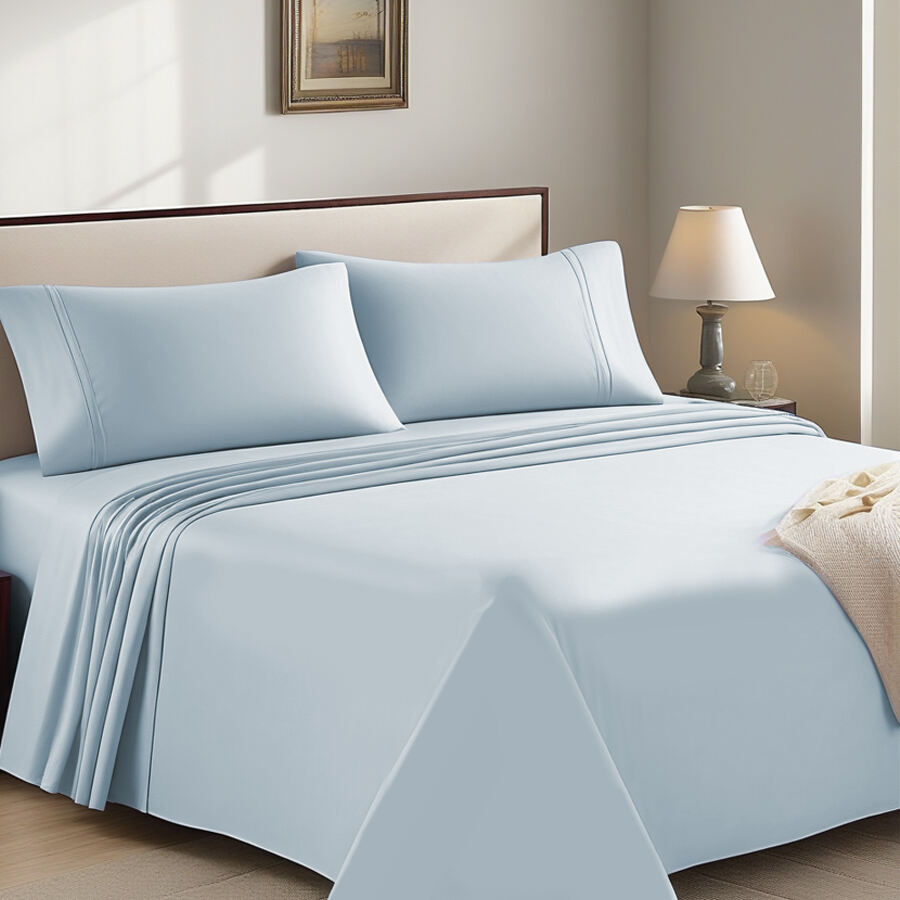


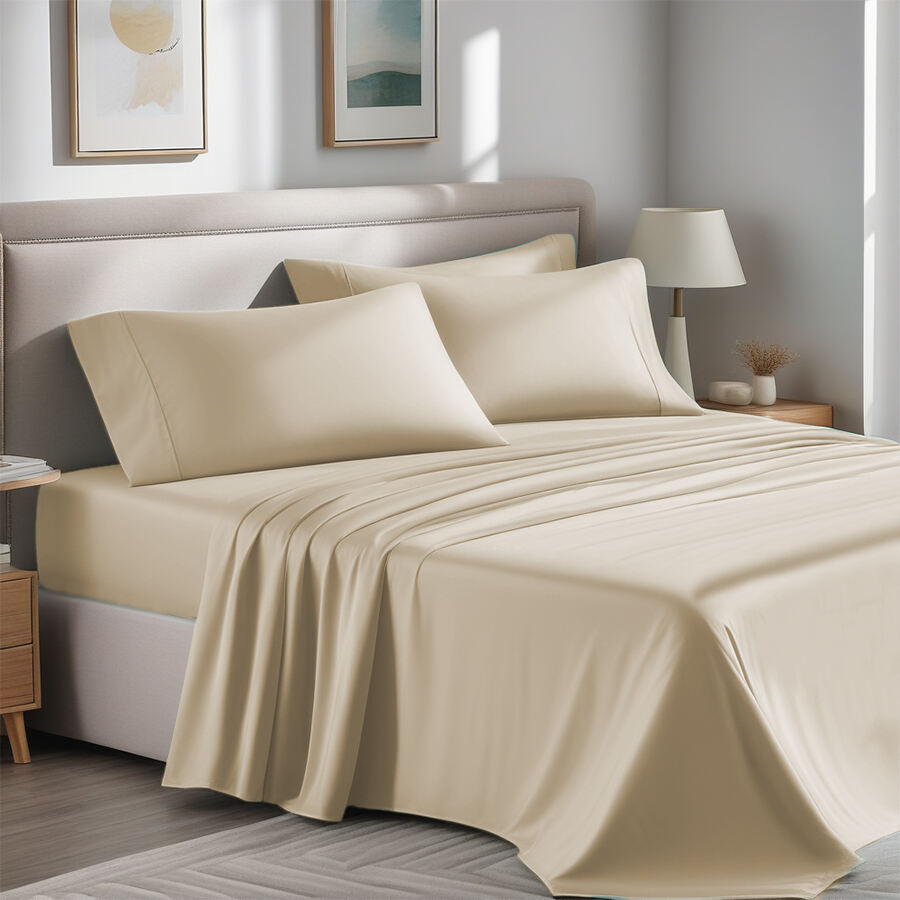




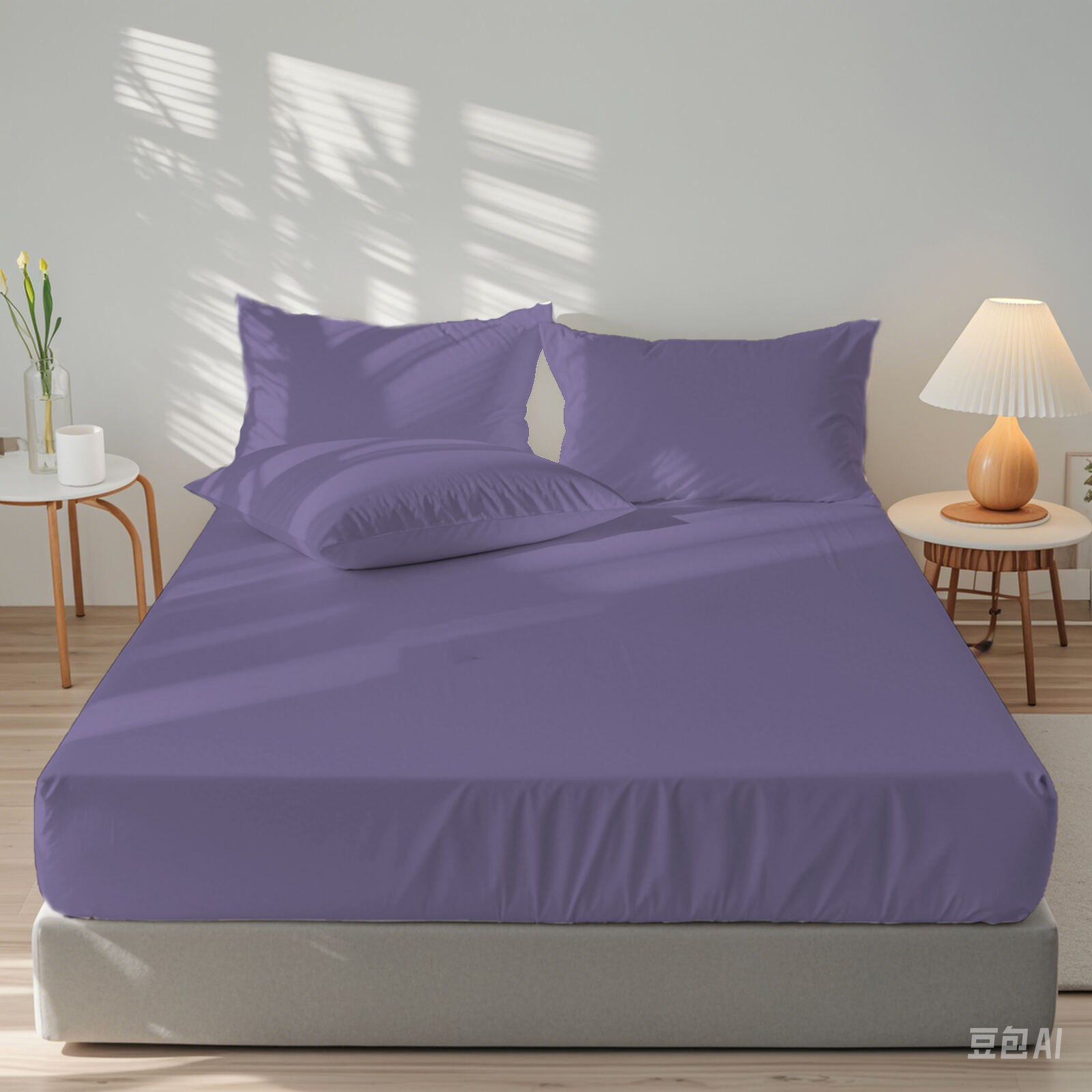
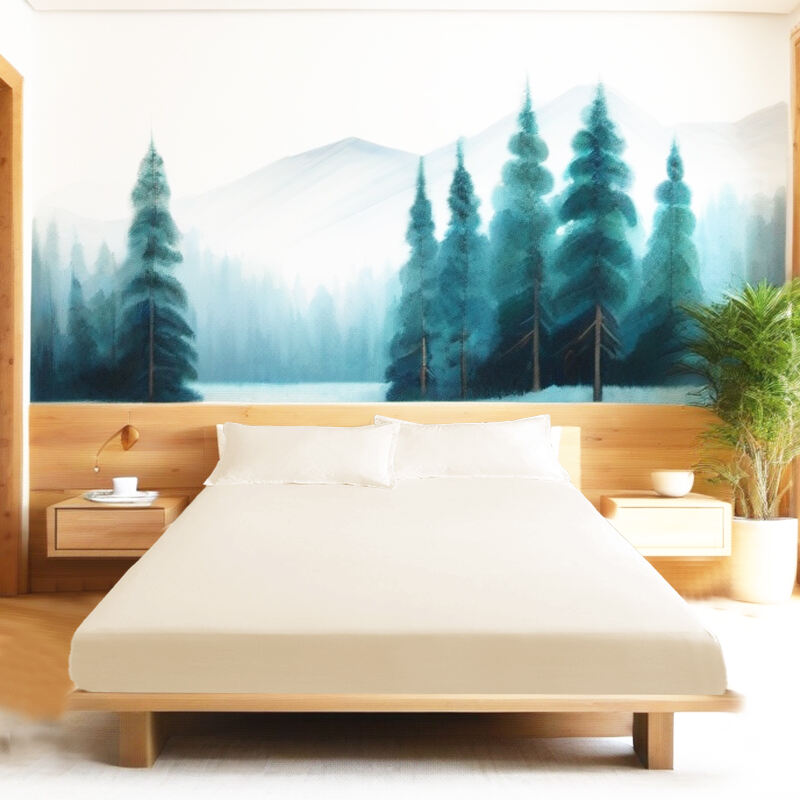
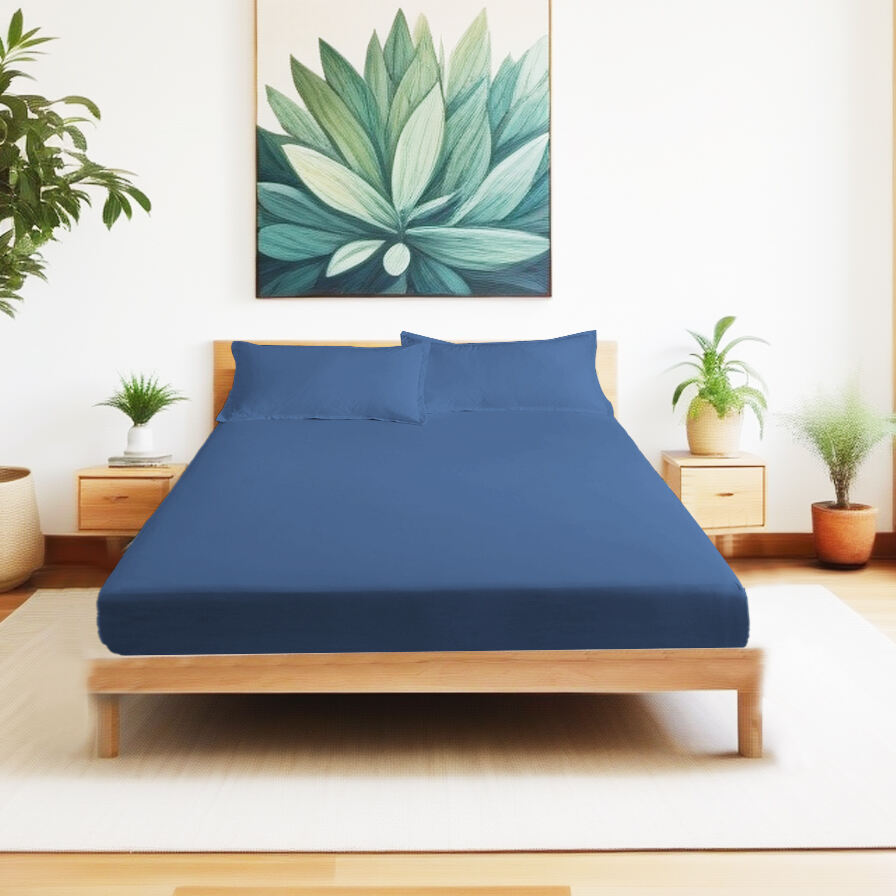

 EN
EN
 AR
AR HR
HR DA
DA NL
NL FR
FR DE
DE EL
EL IT
IT JA
JA KO
KO NO
NO PL
PL PT
PT RU
RU ES
ES SV
SV IW
IW VI
VI HU
HU TR
TR AF
AF MS
MS GA
GA